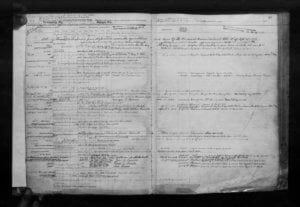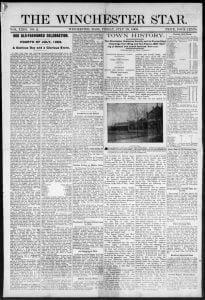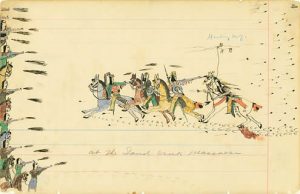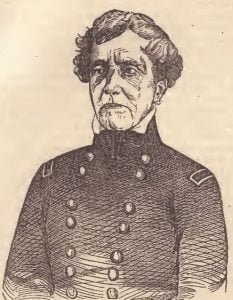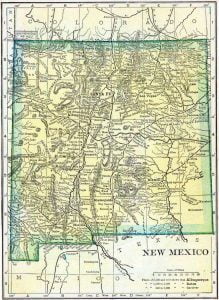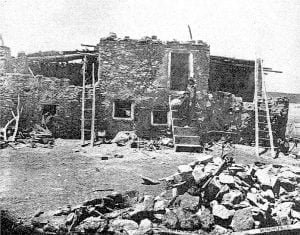Genealogy Along the Rockies
Genealogy Along the Rockies was a website created by Mary and Don Saban, serving as a regional hub for genealogical research related to the Rocky Mountains. The site featured a traditional HTML design, complete with animated gifs and genealogy affiliate ads, but also contained valuable genealogical information. Mary Saban, the primary genealogist, actively posted her family tree and other resources until her passing on December 20, 2017, which led to the website’s end. The domain was later repurposed by a restaurant in Melbourne, Australia, named Genealogy Coffee & Wine Bar, which has since closed. This article explores the original website’s content and provides links to alternative genealogy resources for the defined Rocky Mountains region.

